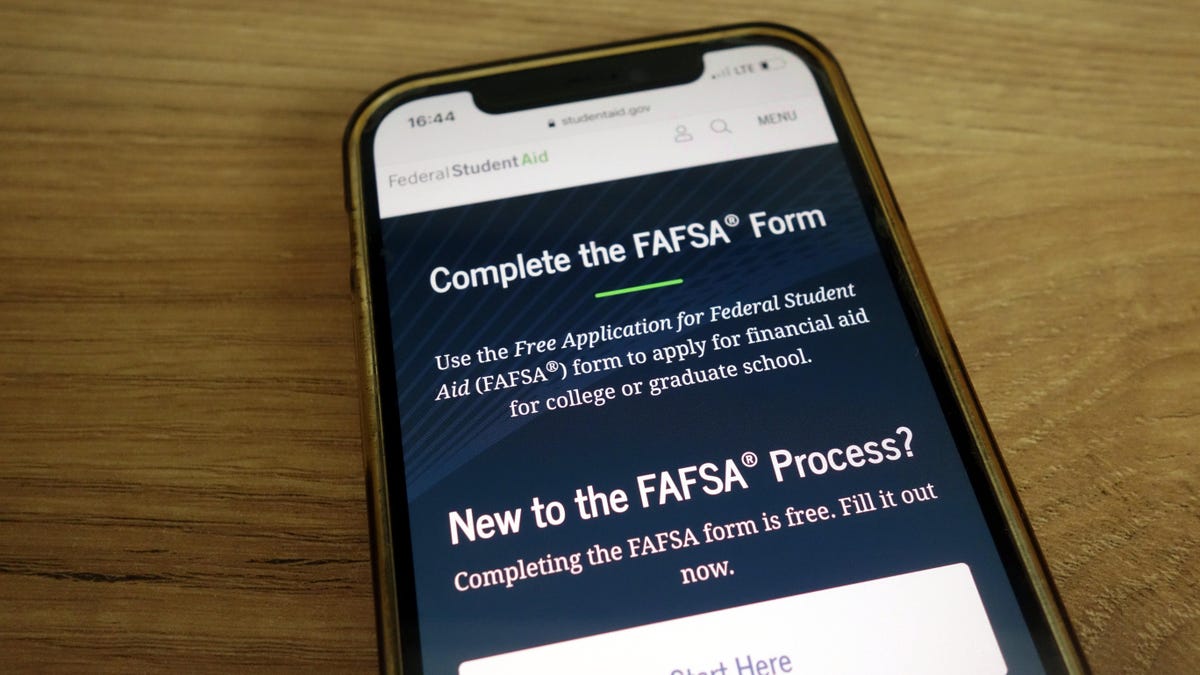Two Keys to Optimizing Your FAFSA and (Hopefully) Getting More Financial Aid
Going to college is all about filling out forms. Even before you get it, you have to fill out standardized tests, admissions and scholarship applications, and it doesn’t stop there. One of the most important of them all is...

Going to college is all about filling out forms
. Even before you get it, y
ou have to
fill out standardized tests, admissions and scholarship applications, and it doesn’t stop there
. One of the most important of them all
is your FAFSA, or Free Application for Federal Student Aid, which helps determine your eligibility for federal money in the form of loans and grants, plus state, school, and work-study sources.
The amount your FAFSA
nets you depends
on your financial situation—but also on
when and how you fill it out, so make sure to
optimize your chances of getting more money
with the following tips
.
File early
This is a huge key to success. A lot of states give out grants—that’s money you don’t have to pay back—on a first-come, first-serve basis. Ideally, you should file your FAFSA in October of the calendar year before you’ll be going to college, or almost a year in advance. Every year, the U.S. Department of Education gives out about $111 billion in federal aid, and while it’s a big number, it’s also still finite. Get in early to get your share.
Keep in mind you don’t have to have been accepted to a school to apply. You can add up to 10 potential schools on your form, and more after submitting. Don’t wait until you’ve gotten into and accepted an offer from a school to file.
That said, you may not know you’re going to school until the last minute. Late admissions and enrollment deadlines are common, as are sudden bursts of future-planning inspiration. In March 2022, I decided out of nowhere that I should go to grad school, and I was in class the following August. If you miss the target on filling it out in October, that’s fine, but fill it out as soon as possible once you begin to seriously consider enrolling. It’s free, so even if you don’t go, there’s no harm done.
Try to minimize income in the year being scrutinized
The amount of aid you receive depends on a number of factors, but your (or your family’s) financial standing is a big one. The form for the upcoming year looks at your financial information from the prior year, meaning if you’re applying for the 2023-2024 school year, the form is going to examine your taxes from 2022. It’s not advisable to put yourself through financial ruin for a year in the hope you’ll get more aid, but if you can, decrease your on-paper income as much as possible. Don’t realize capital gains during your base year. If you do get capital gains, offset them with losses to the best of your ability, advises College Ave Student Loans. Ideally, you want to reduce your adjusted gross income by having capital losses exceed gains by up to $3,000.
Some tips floating around online suggest draining your bank account before filling it out,so you look like you have very little money. Don’t be suspicious and simply yank all your money out of an ATM, but do pay down existing debt in the lead up to filling out your form.
According toMos, a student-focused financial service, the FAFSA looks at investments, savings, checking account balances, and more to figure out your or your family’s reportable assets, so your best bet is to use extra cash in the checking account to pay down debt. That will reduce reportable assets, save you money in interest, and maybe even qualify you for more aid.

 MikeTyes
MikeTyes 
































